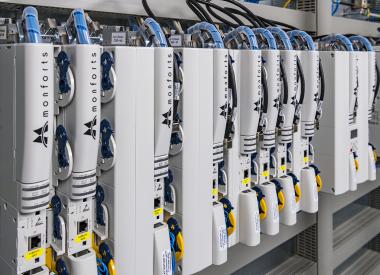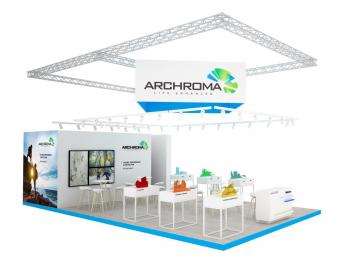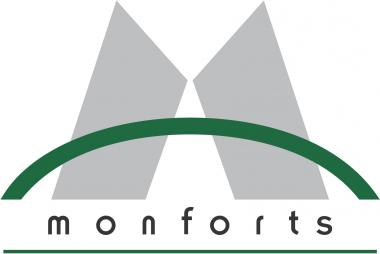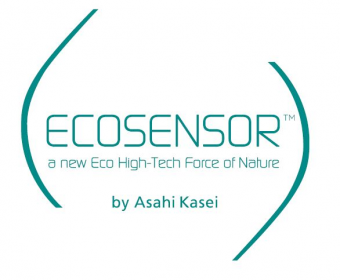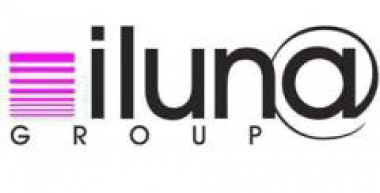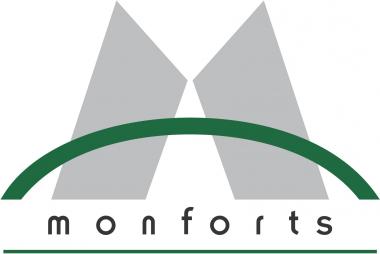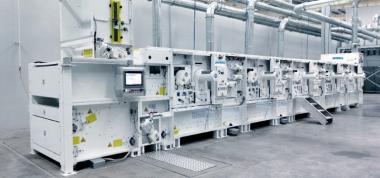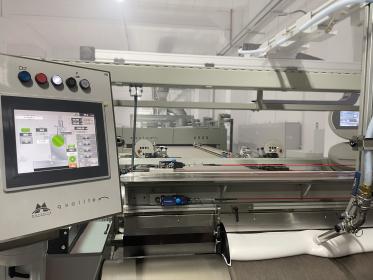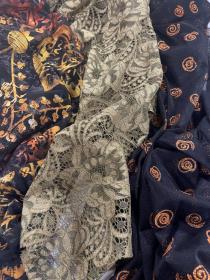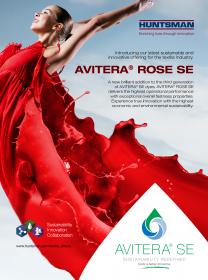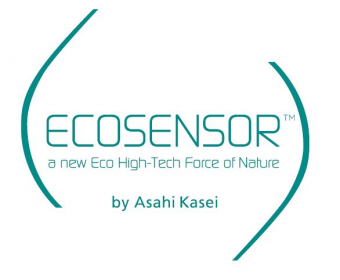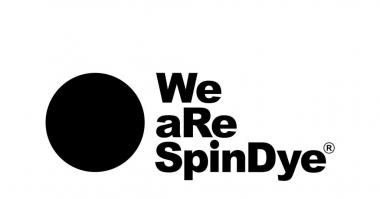Monforts introduces range of modular upgrades
Monforts is introducing a range of modular upgrades that can be added to existing finishing lines already in production.
The Monforts universal Energy Tower – a flexible, free-standing air/air heat exchanger for recovering the heat from the exhaust air flow of thermal processes – can result in a 30% reduction in the energy consumed by a line, depending on the exhaust air volume and operating temperature.
A Monforts Eco Booster, completely integrated into the chamber design of the Montex stenter, is another retrofitting option. As a single state-of-the-art heat recovery system with automatic cleaning, it can be added to existing ranges. For ranges of up to eight chambers only one module is necessary to achieve significant energy savings.
On an eight-chamber stenter with an operating width of two metres carrying out a fixing process on a 150gsm woven fabric, for example, the energy savings have been calculated to be 35% over an annual schedule of 6,000 operating hours.
In addition, the Eco Booster consumes only minimal amounts of water during the cleaning cycle and the entire process is controlled and monitored automatically.
The Matex Eco Applicator is an alternative to the conventional padding process for energy-conscious finishing and achieving considerable savings in the energy required for drying treated fabrics. The precise amount of chemical can be applied to the fabric and with less residual moisture after application of only approximately 35% so that less drying capacity is required in the stenter, which leads to huge energy savings.
Finishes can be evenly applied on either or both sides of the fabric, and two separate treatments can be applied to front and back. This makes the unit ideal for the production of, for example, double-performance hydrophobic/hydrophilic fabrics for professional clothing, as well as the over dyeing or finishing of denim fabrics.
A. Monforts Textilmaschinen GmbH & Co. KG / AWOL Media


